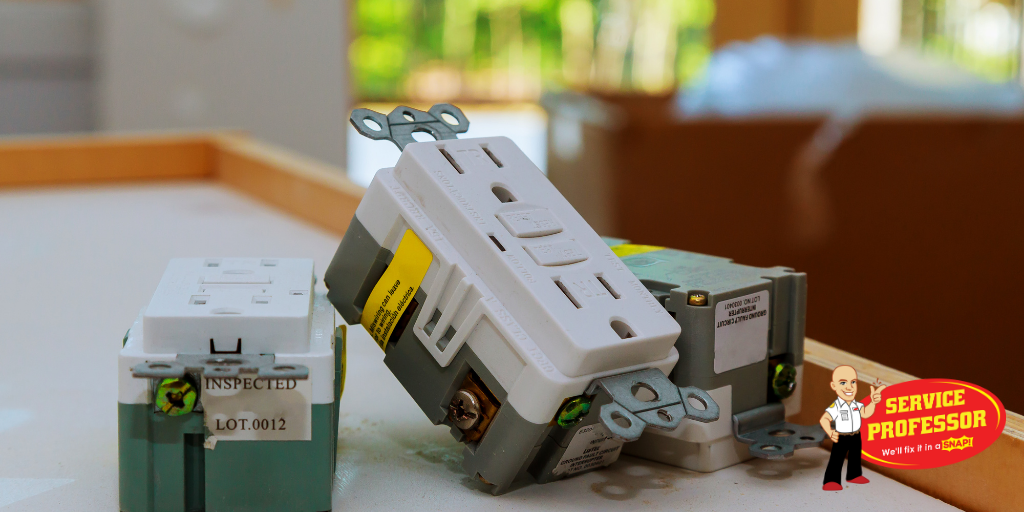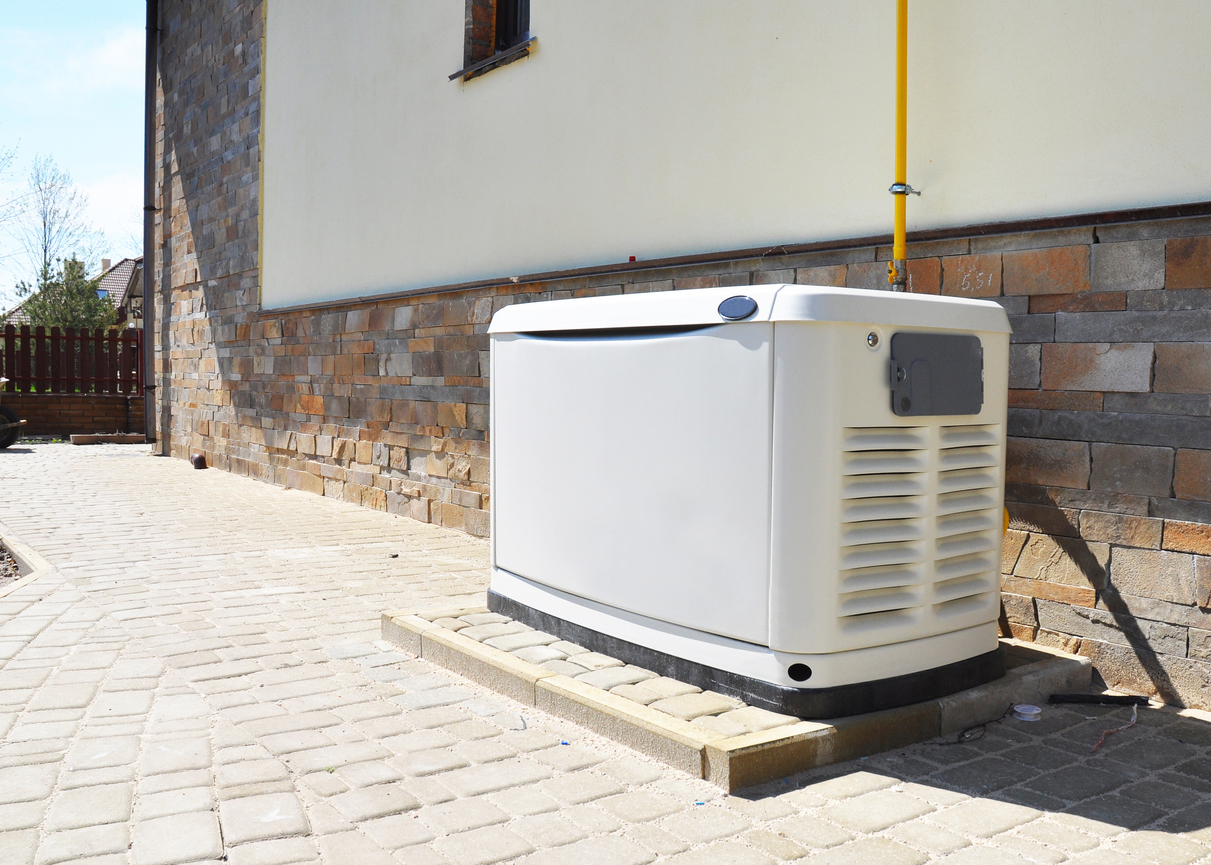Say Watt? What Electrical Outlets Are In Your Home?
Watt Up?
On average, most homes contain up to 75 different types of electrical outlets! Shocking isn’t it? Most of just know which switches turn on certain things when it comes to our home’s wiring. Electricity is always flowing in our homes. It’s an important and fundamental part of your home. For something we use so often, we don’t know much about an electrical outlet!
Anatomy of Electrical Outlets
We all know that electricity is brought into your home by a power plant and power lines. But how does that work with getting power to an outlet? An outlet has various parts to it, but we will keep this simple. You have noticed that electrical outlets have faces, right? Two eyes and a mouth that make the outlet have a frightened expression.
Left Eye:This opening is considered neutral. Electrical currents make their way from the breaker box to the outlet through this opening.
Right Eye: The right side is considered hot. The electrical current travels from the breaker to the appliance being turned on or plugged in.
Mouth: The bottom opening is for grounding. This added safety component largely prevents house fires. Being connected to the grounding wire makes sure the high electrical current is neutralized.
Does Your Home Have Two-Pronged Outlets?
Most older homes will have outdated two-pronged outlets versus the updated and legally required three-pronged outlets. If you live in an older home, we recommend reaching out to schedule a Whole Home Electrical Evaluation. Updating these outlets is crucial to your family’s safety!
Electrical Outlet Types
Now that we have the basics of electricity covered, we can discuss the most common types of outlets you may find in your home.
-
2-Prong Outlets: If you have these in your home, strongly consider getting them updated and replaced! 2 prong outlets are no longer a safe way to power your home.
-
3-Prong Outlets– New homes require this type of outlet. Grounding lines and grounding electrical outlets must be installed to ensure your home and family safety. The grounding component allows unstable or high electrical currents to neutralize in the ground instead of you or your appliance.
-
GFCI Outlets– Ground Fault Circuit Interrupter outlets you’ll find most commonly near areas of water use such as your bathroom, laundry room, basement, or kitchen. They are distinguishable by the big (red) TEST and (white) RESET buttons. This outlet is extremely sensitive and always monitoring changes in electrical currents from the appliance plugged in and it will automatically disconnect and stop the flow of the electrical current.
-
Tamper Resistance- These types of outlets became required by the National Electrical Code in 2008. The new design features built-in safety shutters that block foreign objects from being inserted into the electrical outlet. These shutters only open when you plus in a two-bladed or grounded plug.
-
Recessed Outlets- These are an alternative to a generic three-pronged outlet and you can avoid eyesores by installing these “hidden” outlets in your home. For the most part, this is just a cosmetic type of outlet!
See more types of outlets here!
Want to learn more about the different ways you can protect your home from electrical fires or update your electrical outlets? Reach out to us at Service Professor today! Our team of electricians has the expertise and skill to meet your every electrical need or question. We’ll fix it in a snap! Let’s chat!
We look forward to providing the top-rated HVAC, plumbing, and electrical solutions you need. Fill out the
form below to get started!






